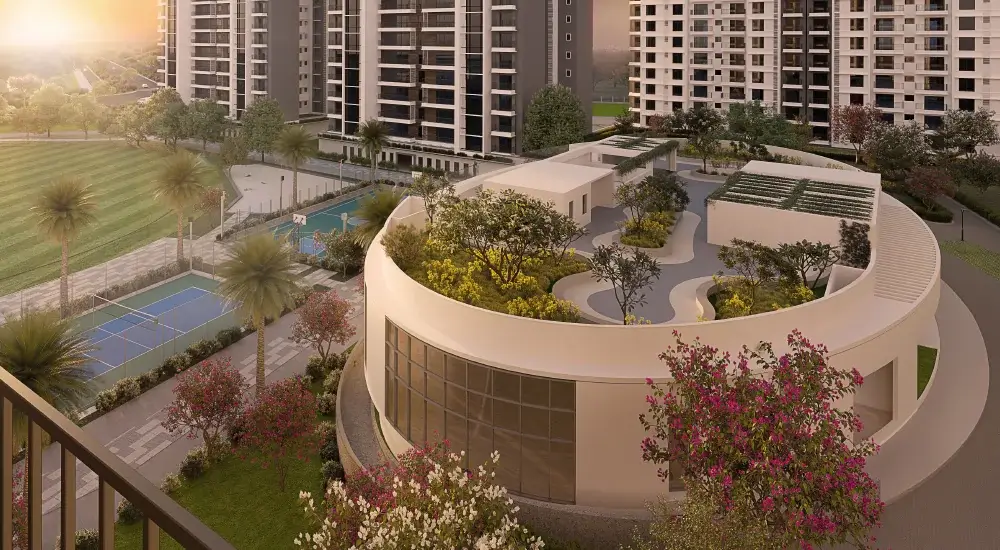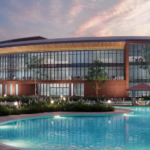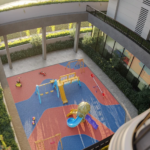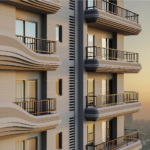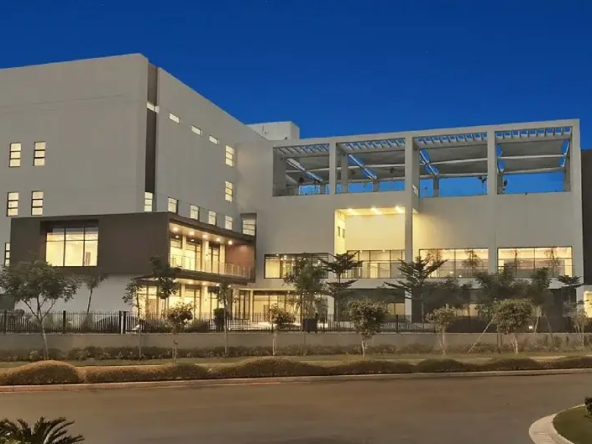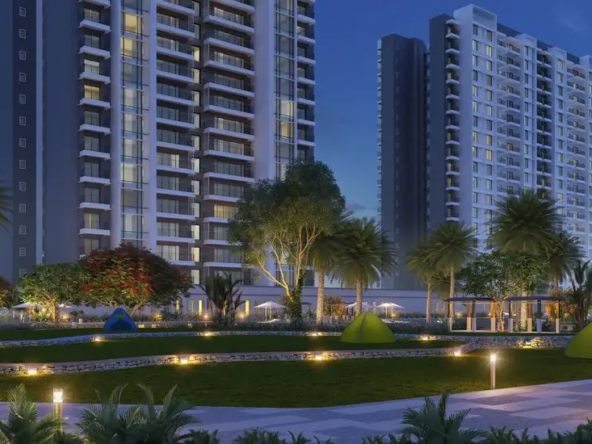
Introduction
Buying a home is a major financial and emotional decision. One of the first choices buyers face is whether to invest in an under-construction property or opt for a ready-to-move-in property. Each option has its own advantages and challenges. In this blog, we’ll help you understand the key differences and decide which option suits you better.
What is an Under-Construction Property?
An under-construction property is a project that is still being built and has not yet been completed. Buyers book homes based on construction plans, model flats, or partially developed units.
Pros of Under-Construction Property
Lower Prices: Typically, under-construction properties are priced lower compared to ready homes.
Payment Flexibility: Buyers often pay in stages linked to the construction progress, reducing initial financial pressure.
Customization Opportunities: Some developers allow buyers to make minor changes in interiors during the construction phase.
Higher Appreciation Potential: Properties bought at early stages may see value appreciation by the time of possession.
Cons of Under-Construction Property
Risk of Delays: Possession can be delayed due to regulatory hurdles, funding issues, or construction challenges.
Uncertainty: Final quality may differ from what was promised.
Financial Stress: If delayed, buyers may have to manage both EMIs and rent simultaneously.
Dependence on Builder Reputation: Choosing a trustworthy builder becomes crucial.
What is a Ready-to-Move-in Property?
Ready-to-move-in properties are fully constructed homes where you can immediately take possession after purchase.
Pros of Ready-to-Move-in Property
Immediate Possession: You can move in right after completing the paperwork.
No GST Burden: Ready homes are exempt from GST, making them more cost-effective.
What You See is What You Get: You can inspect the final product before buying — no surprises!
Ease in Loan Processing: Banks easily approve loans for ready-to-move properties.
Cons of Ready-to-Move-in Property
Higher Prices: These properties are generally more expensive compared to under-construction ones.
Limited Choices: Fewer units might be available, especially in high-demand areas.
Older Construction: Depending on when the project was completed, maintenance could be slightly higher.
Key Factors to Consider Before Deciding
Budget: If you’re price-sensitive, under-construction properties might offer better deals.
Risk Appetite: If you want zero risk and immediate possession, ready-to-move homes are safer.
Investment Horizon: Long-term investors may prefer under-construction properties for better appreciation.
Developer’s Reputation: Always research the builder’s track record before making a decision.
Legal Due Diligence: Check RERA registration, approvals, and all legal documentation before proceeding.
Conclusion
Both under-construction and ready-to-move-in properties come with their own set of benefits and risks.
Choose an under-construction property if you want lower prices, flexibility in payments, and can wait for possession.
Choose a ready-to-move-in property if you prefer immediate occupation, minimal risk, and transparency.

